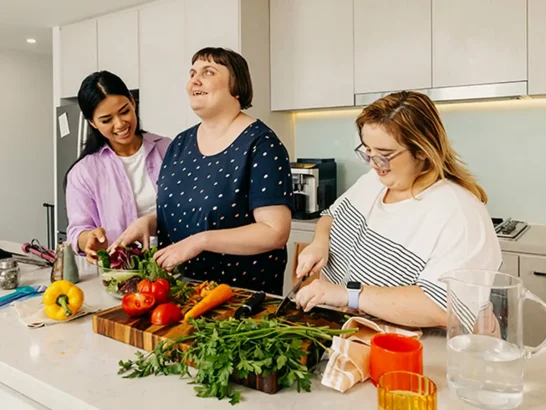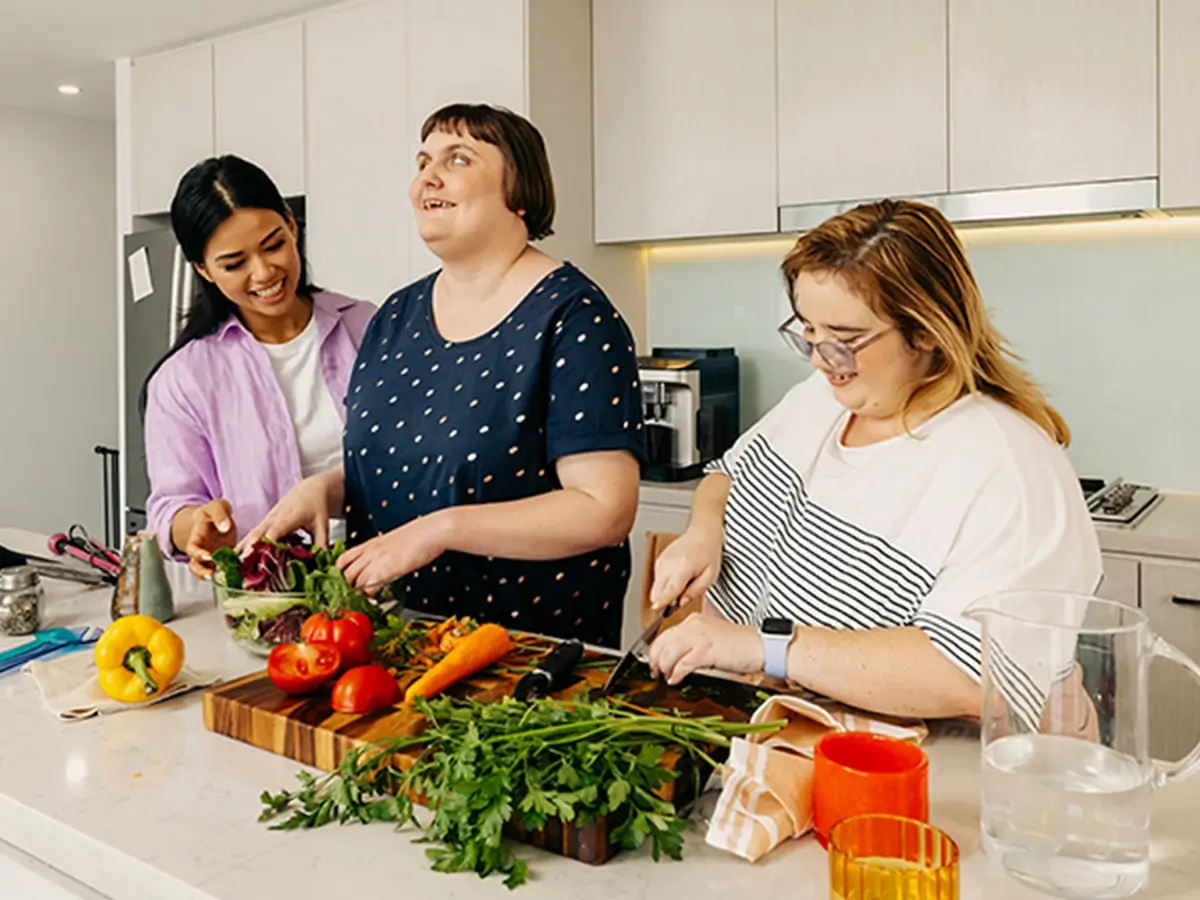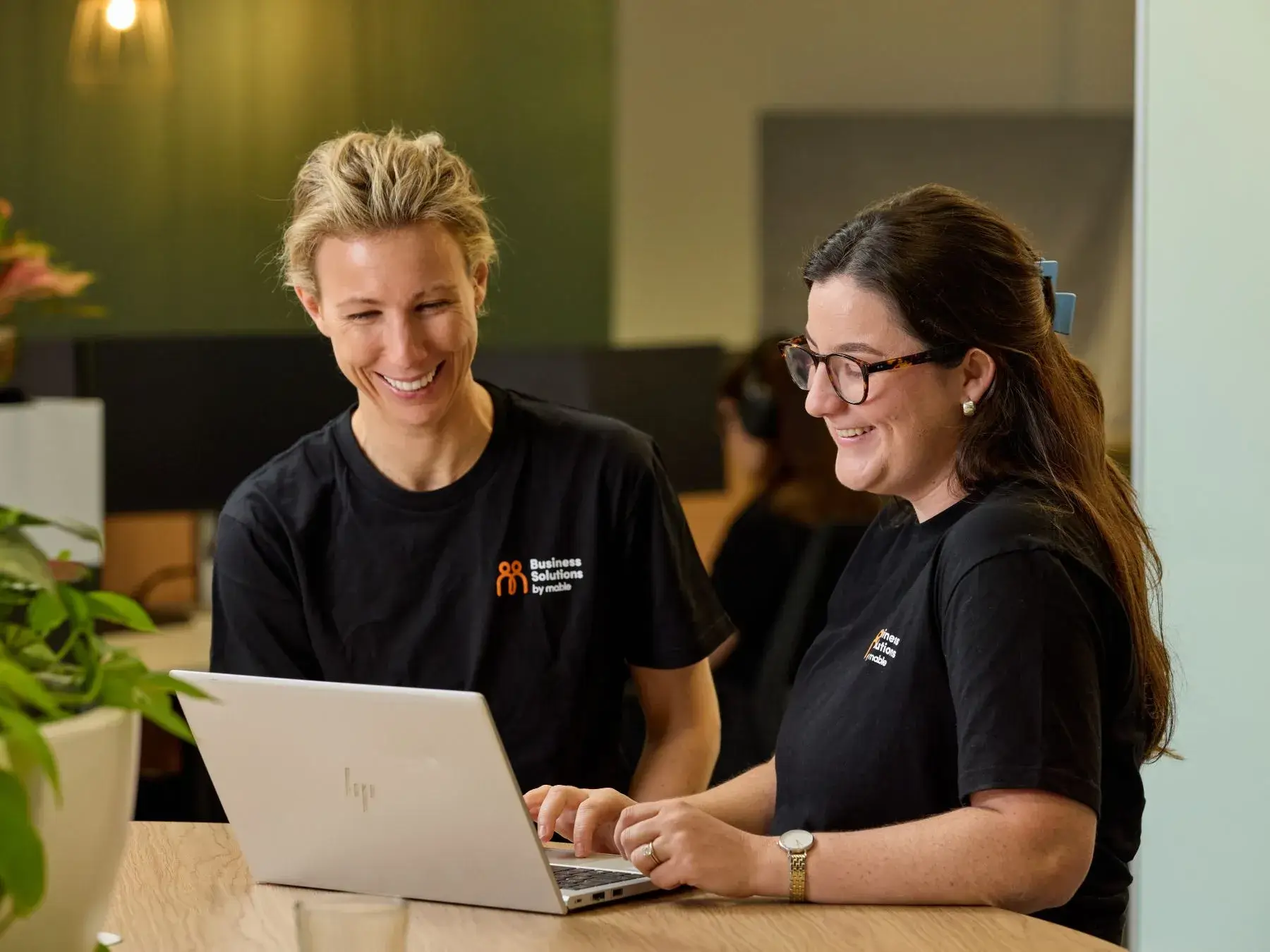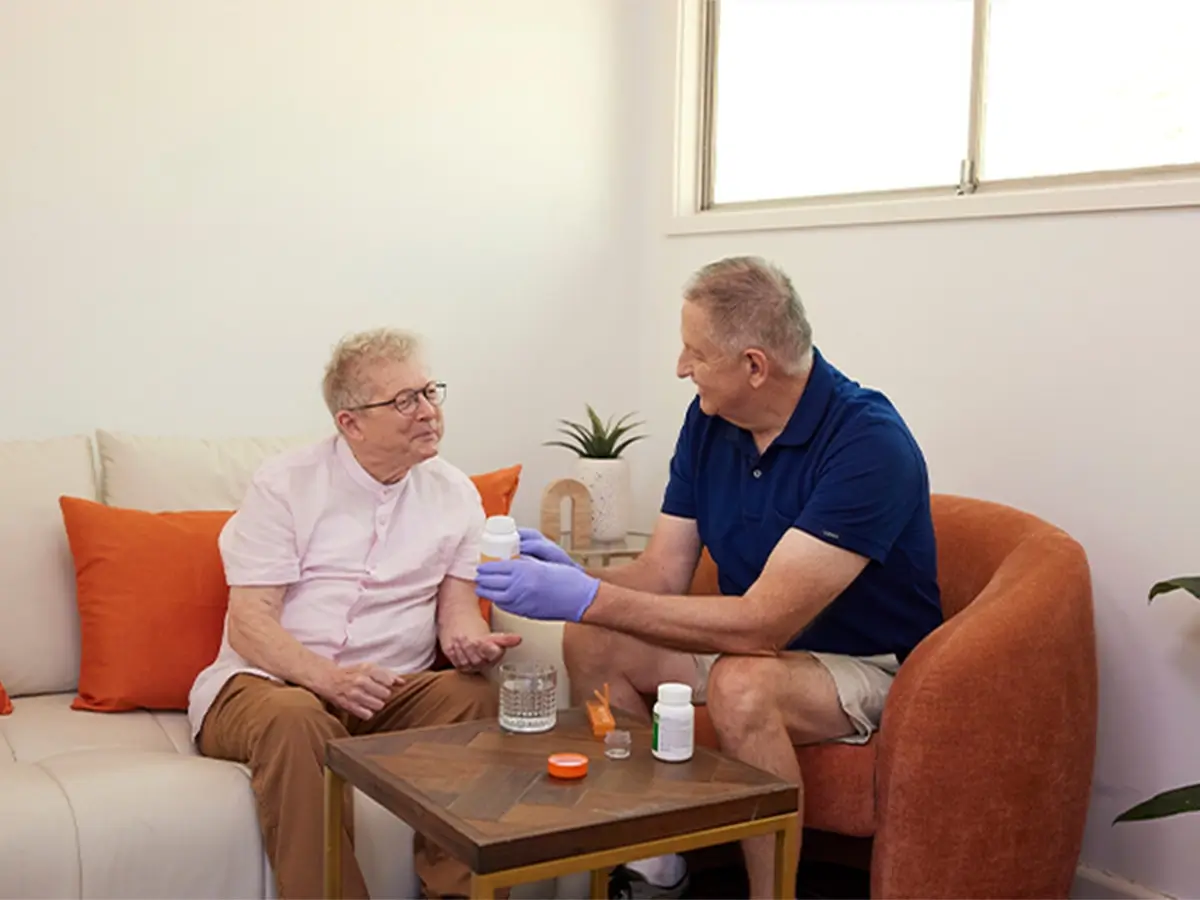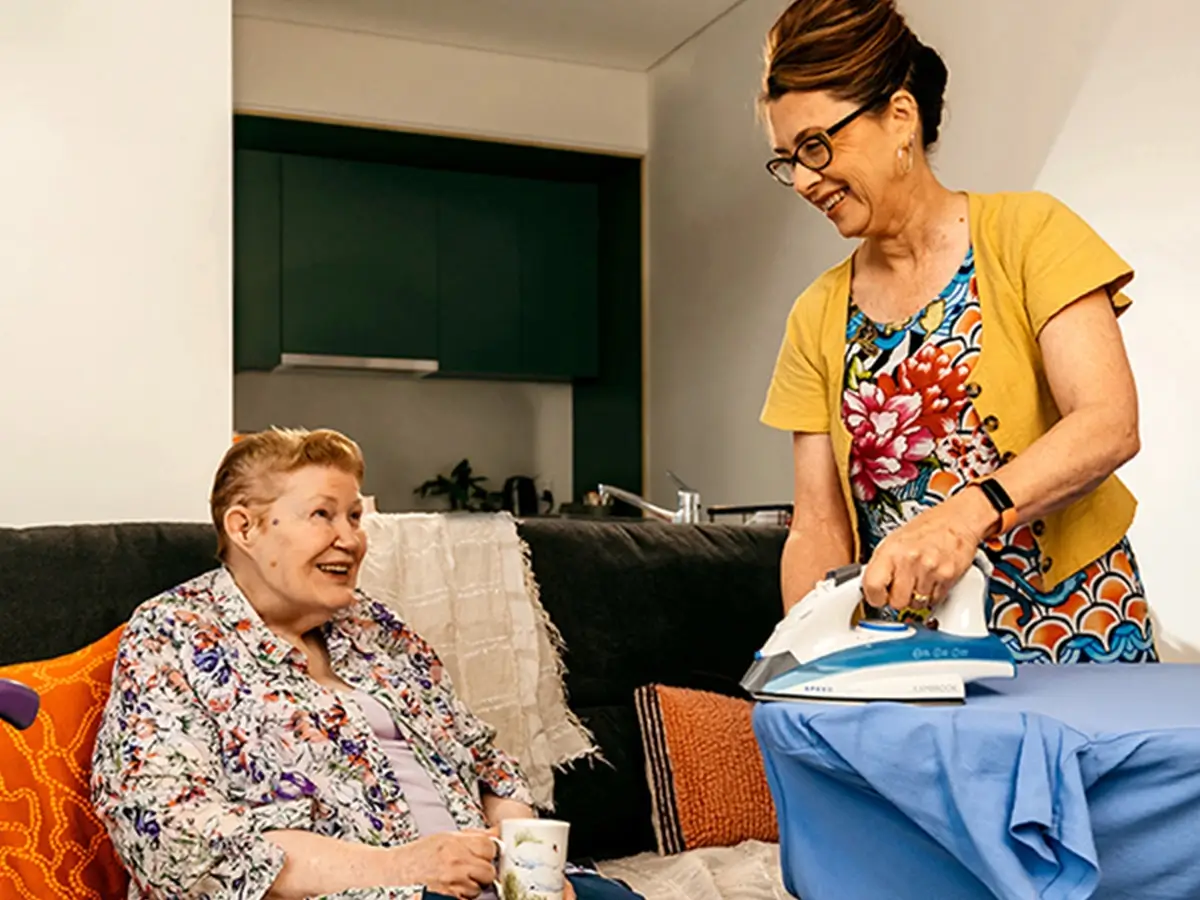Language matters. The words and phrases we choose have power, influencing perceptions and how we treat one another.
When it comes to talking to, or referring to, people with disability, there are two main types of language: person-first and identity-first.
Understanding why some people with disability might prefer one to the other is important. Here’s a quick explainer:
Person-first language
In person-first language the individual is placed before their disability or condition label. It’s about focusing on their humanity first and foremost.
For example, I would describe myself as “A mum, writer and someone who lives with hearing impairment.”
In this way, I’m saying I am an individual as well as a person with a disability, but that disability isn’t all I am.
Person-first language is used by Mable in all of our communications. We choose to preface our language with a reminder of personhood.
Person-first language is also usually preferenced by government and non-government organisations.
However, it isn’t always preferenced by people with disability.
Identity-first language
Identity-first language such as, “I’m a hearing impaired mum” or “I’m an autistic person” can also be favoured by those with disability.
Disability pride, where the individual is not ashamed of their disability, is one reason they might say, “I’m disabled” rather than, “I’m a person with disability.”
For others, they feel their disability is intrinsic to who they are. Many people with autism, for example, strongly feel their experience and interaction with the world is different and therefore just who they are. They are ‘neurodivergent’. For this reason, they may identify as “an autistic person” instead of “a person with autism”. They are who they are.
Likewise, some people in the Deaf community identify as being part of a cultural group with a different first language (Auslan). “I’m deaf” to them is like saying, “I’m Greek” or “I’m Queer”.
Which one to use?
As people with disabilities often have strong preferences for person-first or identity-first language, it’s best to follow their lead.
If you are supporting a person with disability or have a loved one living with disability, it’s ok to simply ask them which they prefer. This is respectful and shows you understand they are in control of how they should be spoken about.
According to People With Disability Australia’s (PWDA) ‘Guide to Language about Disability’, this is incredibly important.
“Many of us are proud of being people with disability and we want that identity to be affirmed in our private lives as well as in the public sphere,” it states.
If it’s not possible to ask the person their language preference, then the PWDA language guide advises it’s probably safest to use person-first language, or refer to the person by their name.
Language around disability has a long history of dehumanising, insulting and misrepresenting. Words that discriminate and demean are entrenched in our language. For example, saying something is “lame” or has “fallen on deaf ears” are common disability slurs we hear everyday.
How people with disability are talked about in day to day conversations, by people in organisations, government, businesses and in the media, all work to contribute to the social narrative around people with disability. This in turn impacts how people are treated.
Understanding why person-first or identity-first language may be preferenced by people with disability is one easy way to be respectful and have a positive impact. Language matters, much more than we realise.
Lana Hallowes is a freelance writer and mum of two boys, who are growing up much faster than she’d like. She loves writing for Mable and is an advocate for inclusion, being hearing impaired herself and living in a neurodiverse household.
